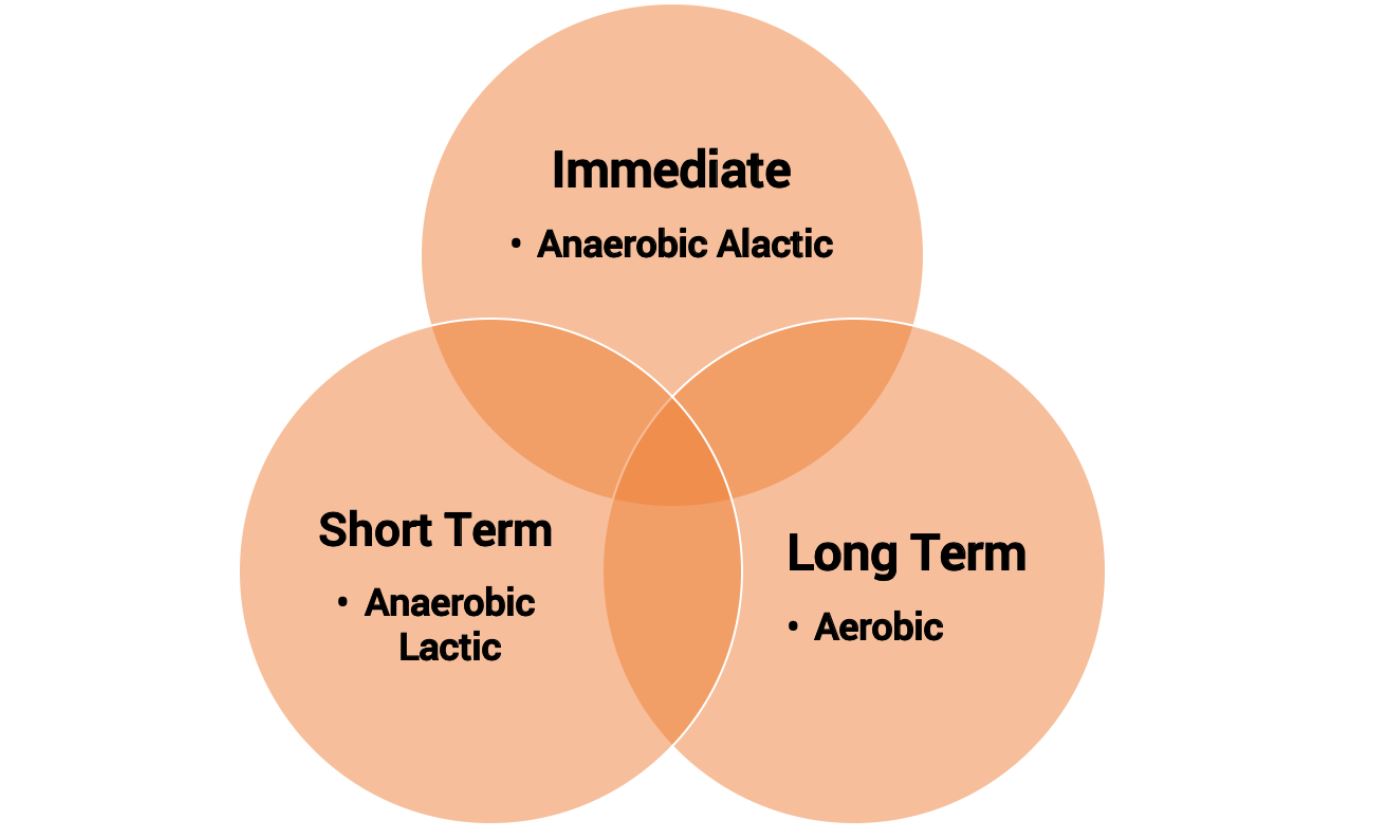
I hear a lot of people saying that boxing is a lot more anaerobic than aerobic and that long distance running will do little for a fighter to prepare him for the ring. I see this listed on Bodybuilding.com in this article and my own personal training teachers back in the day shared the same sentiment.
The theory is that you should only focus on fast paced action and leave the long distance running out even though the greatest boxers in the world have all used and continue to use long distance running in the build up to their fights.
So, do you want to believe the greatest fighters on the planet such as Muhammed Ali, Floyd Mayweather and Manny Pacquiao or a personal trainer who focusses on lifting weights and body composition but probably never got in the ring? The truth is that both the Aerobic and Anaerobic elements of boxing are crucial to a fighter who wants to go all the way.
The Energy Bars In Old Boxing Games

Think of it like the old computer games when each fighter has two energy bars, one that goes down quickly as you throw punches and one that wears down slowly as the fight progresses. The fast moving bar is the anaerobic conditioning and the bar that depletes more slowly is the aerobic fitness.
If you want to recover quickly for a longer period of time, you need an aerobic base. Even if your fight will only be short, you want to keep that aerobic bar full so you can recover quickly between flurries and between rounds and you will lose power and speed as your aerobic bar gets lower.
One exercise is not 100% aerobic or anaerobic, it is a sliding scale and the more intense the exercise the more it moves towards the anaerobic end of the scale and the slower pace it is, the more aerobic it is in nature. A good fast paced 10km run is perfect for the sport of boxing regardless of what any personal trainers will say.
The Aerobic System
That being said, I can understand the viewpoint of these personal trainers only training faster paced methods when it comes to amateur fights which may only last for three rounds. For these types of fights, you will be better suited to the faster pace running and exercise especially as the fight draws closer.
I get the point that if you are only fighting for 10 minutes, you don’t need to be out running for an hour and as the fight draws nearer I can certainly understand that and would be advocating shorter, higher intensity drills for anybody whose going to be fighting in the next three weeks.
I still believe strongly that if you have a fight in 8-4 weeks you should still be doing at least a 10km run once per week or two 5 km runs.
Two Reasons For This
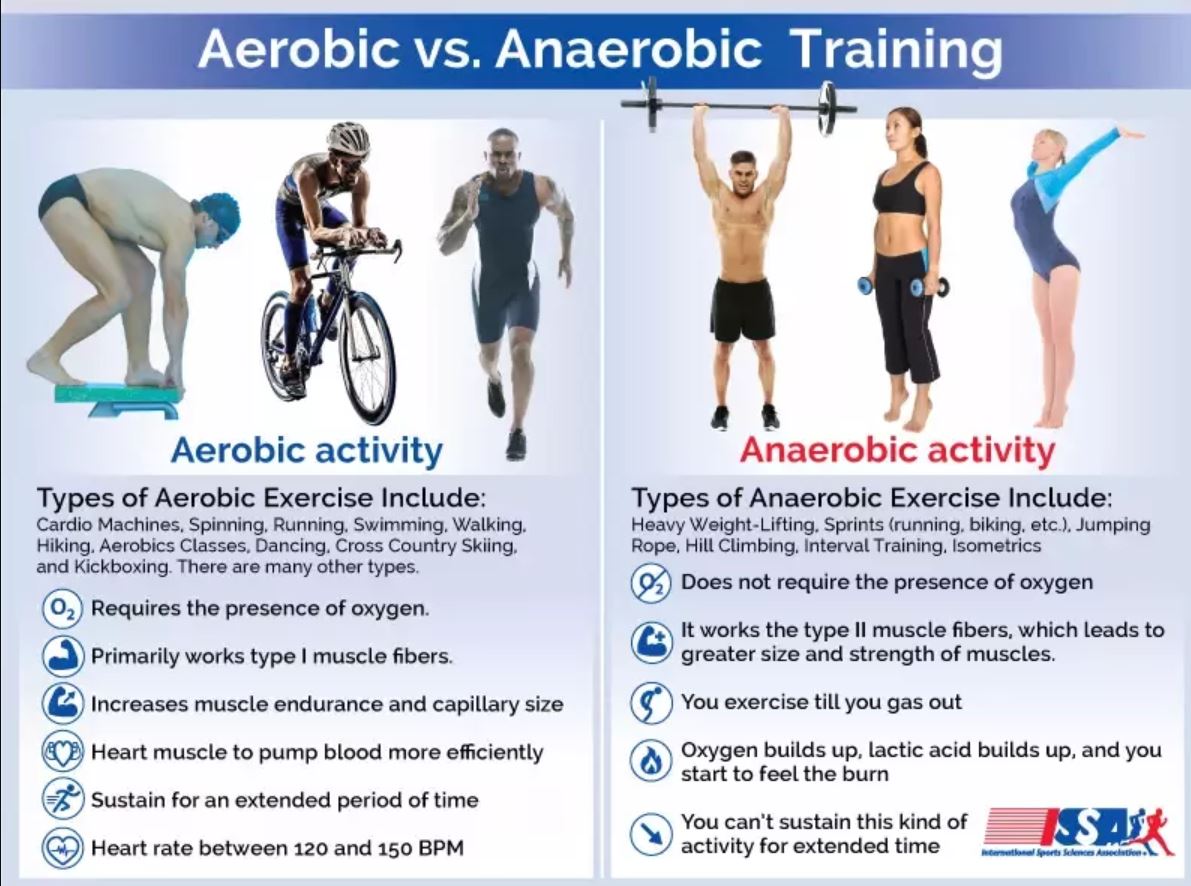
Aerobic Fitness Is The Base You Build On
You can’t build a strong anaerobic conditioning system without having a strong aerobic foundation in place. You can build that aerobic conditioning with only work in the gym and faster pace running but long distance runs of around 10km are more effective in my opinion for putting a solid foundation in place for you to build on.
Your Aerobic Fitness Will Determine How Fast You Can Recover As The Fight Goes On
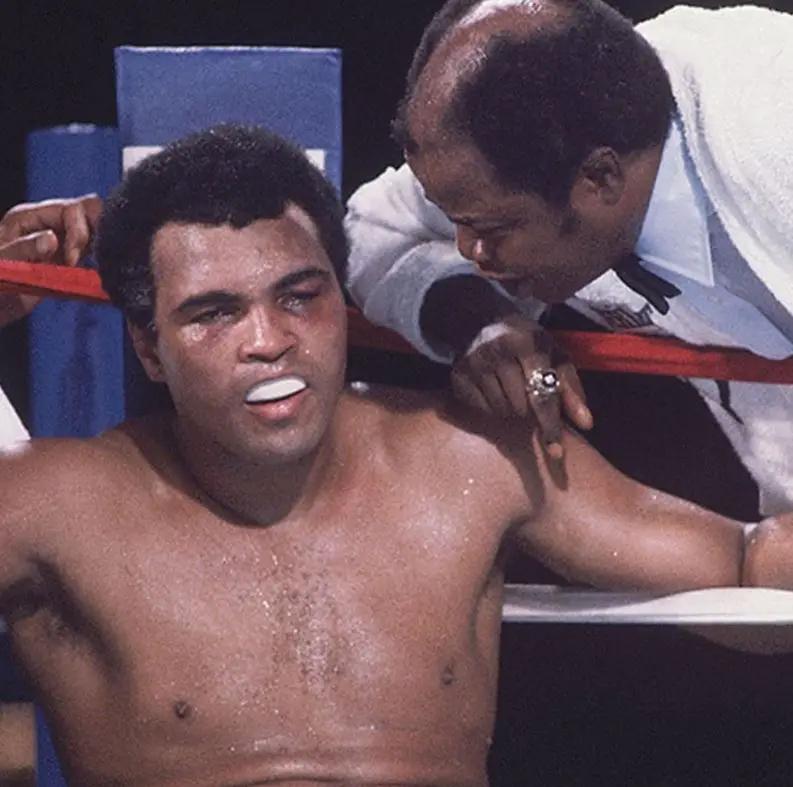
Boxing isn’t constant anaerobically intense action even when the fights are fast paced. There are also times when the fighters and moving around the ring, on the feet and not throwing punches and it is at these times when the fighter with the better aerobic conditioning will recover quicker as the fight wears on and both guys get tired.
In the break between rounds, especially as the fight goes on, it is not only your anaerobic conditioning that will help you to recover and come out the next round just as fresh as the first, but your aerobic conditioning will also play and major role, making it just as important as your anaerobic conditioning.
The Importance Of Anaerobic Conditioning
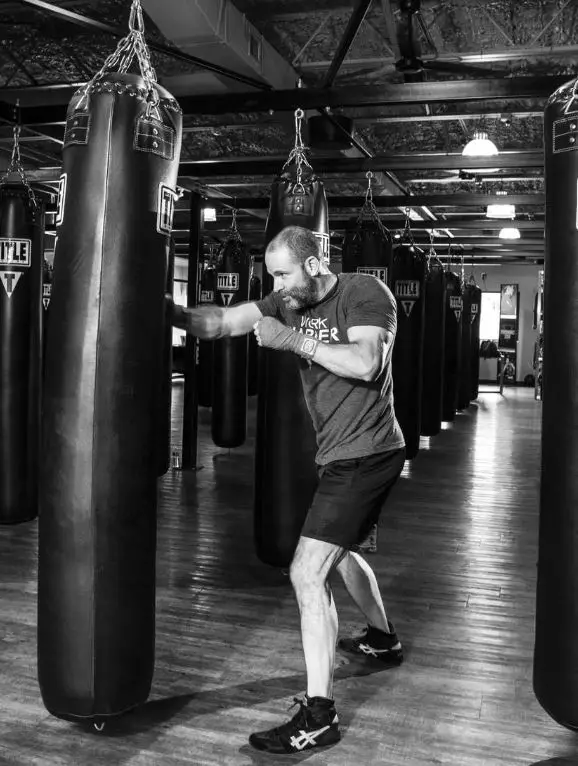
Anaerobic exercise is fast past and it refers to flurries of intense exercise from 5 second to a minute and it is symbolised by the muscles getting filled with lactic acid and becoming sore. Think strength training, pad drills and heavy bag drills where you punch as fast as you can for 30 seconds or a minute.
When the fighters engage and are throwing punches, this is anaerobic and the anaerobic conditioning which is built on a solid aerobic base, will allow to throw a 5 or 6 punch combos and recover quickly so you can throw more hard punches again within a couple of seconds.
Won’t Lose Speed And Power And Reaction Times
If you’re anaerobic system is in poor condition and you throw a 5 punch combo you will get slower, your power will decrease and your reactions times will disappear. If you get tired and your jab isn’t strong enough to keep your opponent at bay, they will walk in and land their shots at will.
Your hands will be slower and you won’t be able to get your guard in place quickly enough to block punches and you won’t be able to counter quickly enough either.
As you can see, both of these conditioning systems are important and while a lot of personal trainers will tell you to stay away from the strictly aerobic stuff, we would tell you to embrace it, especially when the fight is further away.
Mainly Aerobic Exercises
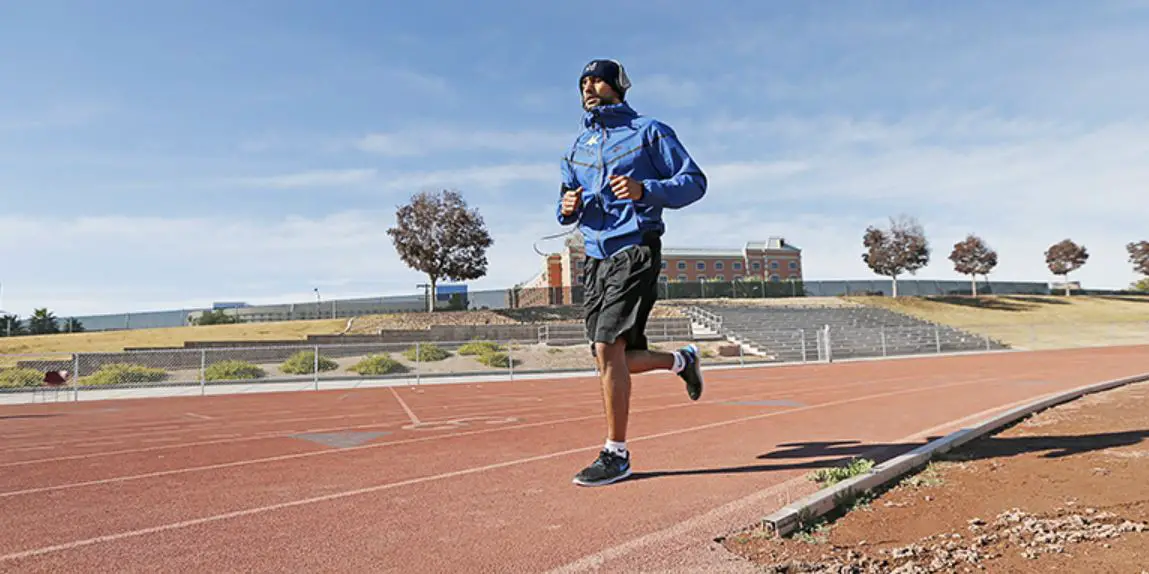
Running
Long distance running like a 10km run at a reasonably fast pace will build your aerobic fitness thoroughly and it also conditions your legs for moving around the ring and their toughness. Add a long distance uphill run into your routine for even more cardio and conditioning benefits that will really blast your calves.
Swimming
Swimming is a favourite exercise of many champions including the Klitschko brothers and Anthony Joshua. Swimming may even have more aerobic benefits than running and it works all the muscles in the body without having any impact of the knees and the joints which makes it also great for active recovery the after hard sparring etc.
Cycling
Cycling is also a good exercise for building up the cardio, get out on the bike and cycle for miles at a time and hopefully get some hills in as well.
I personally like Spinning classes which are High Intensity Interval Training, meaning it is a mix of fast and slow pace which is also perfect for boxing.
Rowing
Another of my favourite cardio exercises for boxing is the rowing machine, it is relatively high intensity and you can increase or decrease that intensity as you go to bring hit into the exercise.
I will include running as part of a full boxing workout that will start with skipping, shadowboxing, Heavy Bag, Core and Rowing Machine when I am on my own for a cardio day in the gym.
I usually do 2,000 metres as quick as I can at the end of the workout which is usually around 7-9 minutes.
The rower is great for cardio, back muscles, shoulders and arms. The more variation you can get in your cardio the better because you will see all different types of styles and opponents in the ring too.
High Intensity Interval Training
HIIT is when you work as fast as you can for 10 seconds and then actively recover with slow paced cardio for 30 seconds and then another 10 fast seconds. Do this for an hour and it is perfect for boxing conditioning. Boxing is HIIT by its very nature anyway, a mix of fast and slow paced action.
Anaerobic Training

Sprints
If we are talking about Anaerobic work outside the gym it is usually sprints or hill sprints which can also be HIIT where you sprint for ten seconds and then jog back to the start slowly and sprint again.
Try doing this for 5 sets of 5 reps for a good anaerobic sprint workout.
Bag Drills
The Heavy bag is great for anaerobic conditioning. Hit the bag as fast as you can with straight punches for 30 seconds and then hit it with hard hooks for 30 seconds. Repeat this for a three minute round take a minute break and do 3-5 rounds.
Pad Drills
You can hit pads with a coach or you can do pad drills where you will do 1 punch – 1 press up, 2 punches – 2 press ups on your partners pads all the up to 10 and then swap over and let you partner have a go. Even holding the pads after doing the exercise is like active recovery as your arms are still full with lactic acid from throwing. Do 3-5 rounds and change the exercise each time to burpees, Jumping Squats, Lunges etc.
Circuits
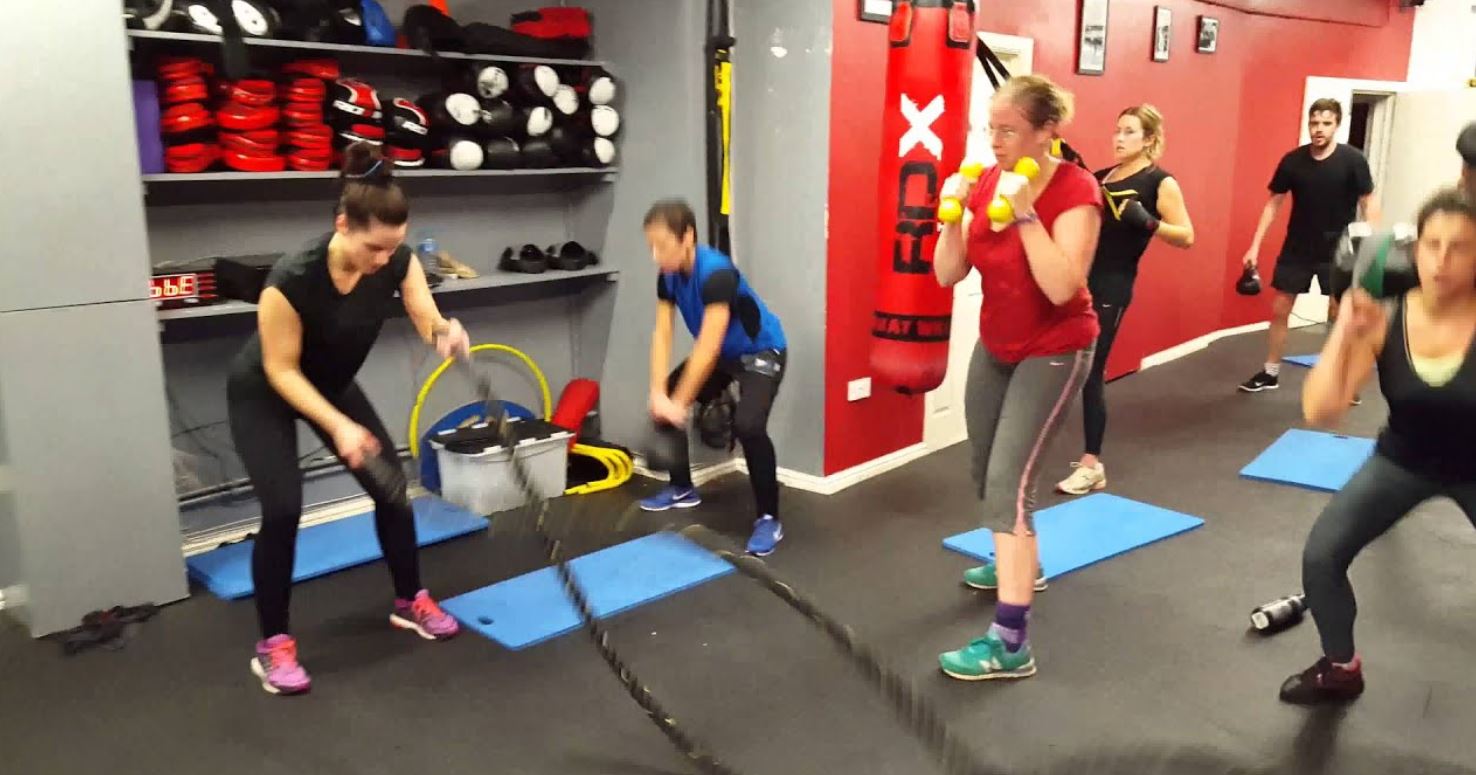
Circuits are excellent for building up your anaerobic conditioning, you spend 30 seconds on each station and then move as quickly as you can to the next station. You complete all station in the circuit in each round, take a minute rest and go again.
Stations might include push ups, mountain climbers, sit ups, plank, jumping rope, dumbbell punches, burpees, pull ups, lunges, jumping squats and many more.
Sparring
Sparring is the ultimate test of whether your cardio and conditioning is good enough for a real amateur or professional fight. You should spar at about 70% unless you have a fight coming up in the next month and then push to 80/85% as the fight draws nearer.
Sparring is the perfect mix of aerobic and anaerobic work that you have been practicing for so you will have to absorb punches as well as throwing them and use your feet to move around the ring and hopefully you and your opponent can improve together as a result.
Conclusion
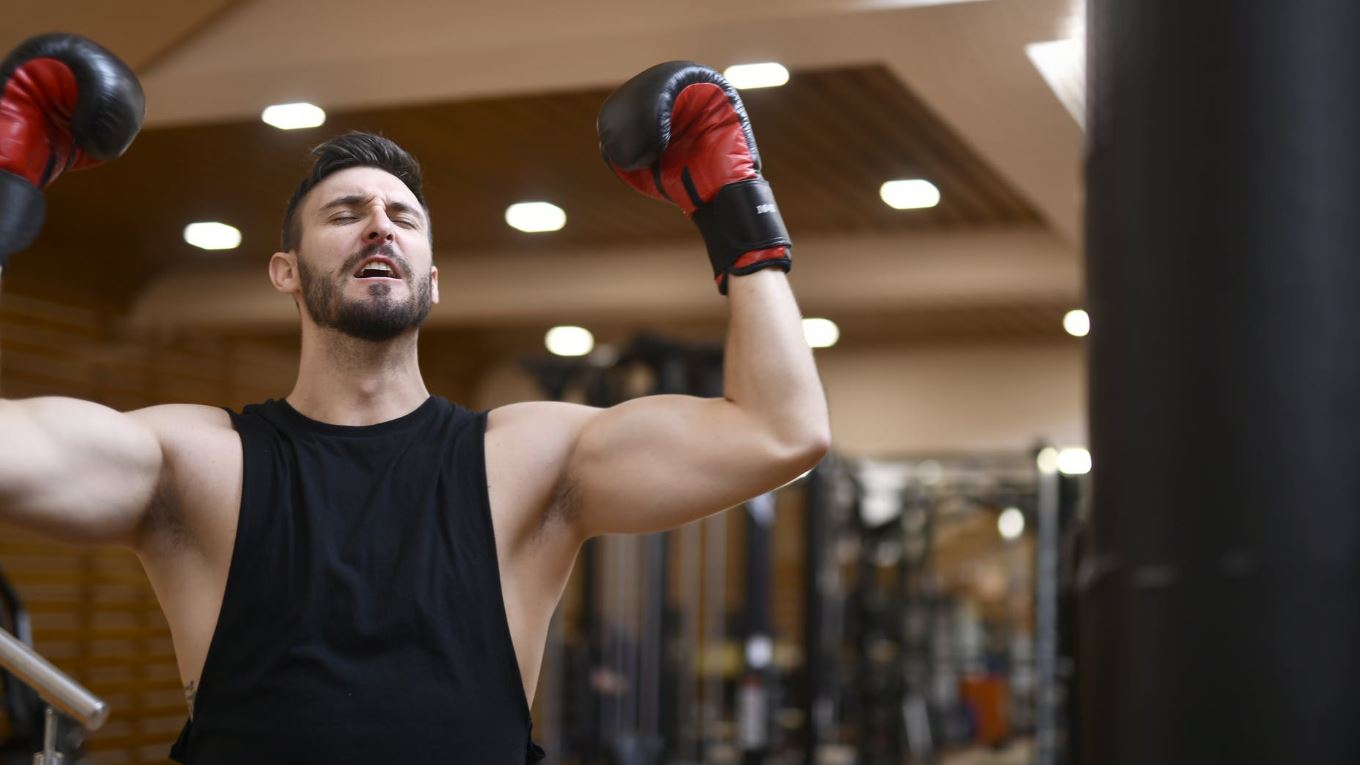
Boxing is both aerobic and anaerobic. The Aerobic is the base and should be built further away from the fight with a heavier and heavier amount of attention moving towards the anaerobic conditioning as your fight draws nearer.
Don’t omit cardio from your boxing routine as it will help you tenfold to increase your anaerobic conditioning and your overall fitness for a fight.
Running is very important for boxing as it builds aerobic strength and conditions the legs so don’t listen to anyone who tells you to leave it out but instead trust in what the worlds best fighters do in every camp.
